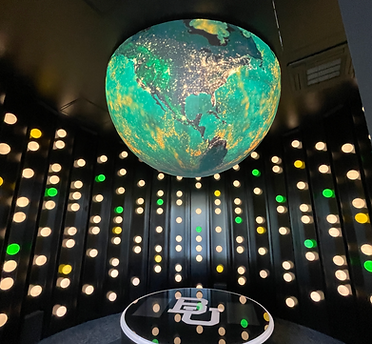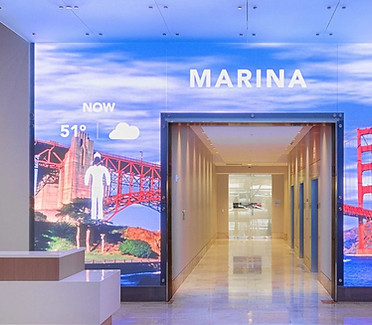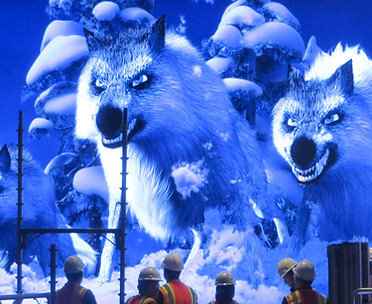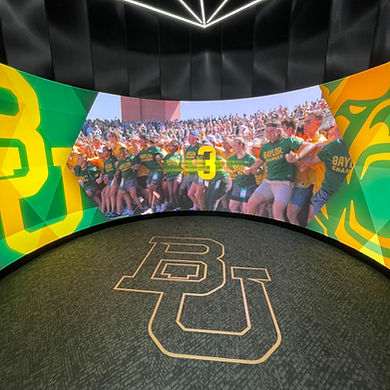
Experiential
We create immersive LED environments that transform spaces into unforgettable experiences. By blending technology, storytelling, and design, we deliver dynamic visuals that engage the senses, evoke emotion, and leave lasting impressions.
Experiential design in 2025–2026 is increasingly defined by immersive technologies, inclusivity, and measurable impact. AR/VR integration, spatial interactivity, and dynamic LED environments are creating deeply engaging, sensory-rich experiences. There's a strong shift toward authenticity—designs that prioritize accessibility, sustainability, and emotional connection.
Hybrid experiences are also on the rise, merging physical activations with digital extensions for continued engagement. Brands are leveraging experiential design not just for aesthetics, but for measurable ROI—tracking dwell time, interaction, and brand lift to justify investment. This evolution positions DetaiLED® to lead with precision-engineered, story-driven solutions that meet modern expectations.
trends for 2025/2026
Experiential design in 2025 is all about creating deeper, more meaningful connections between people and spaces. This year, we're seeing a shift toward immersive environments that use interactive technology—like AR, VR, and responsive LED displays—to blur the lines between physical and digital. But it's not just about spectacle. Brands and institutions are prioritizing authenticity, accessibility, and emotional resonance, designing experiences that are inclusive, sustainable, and personalized to each visitor. The most impactful environments in 2025 are those that engage the senses, tell a story, and leave a lasting impression long after the moment has passed.
SUMMARY
Experiential design in 2025 centers on immersive, interactive environments that blend technology, storytelling, and emotional connection to create meaningful, memorable moments for every visitor.

Immersive Technologies
AR and VR are no longer novelties—they’re becoming standard tools in experiential environments. From mobile-activated AR to fully immersive LED domes and projection-mapped spaces, designers are using spatial computing to create experiences that envelop users in multisensory worlds. Interactive floors, gesture-based displays, and responsive lighting are replacing static visuals, creating a feedback loop between the environment and the audience. The goal? Not just to see or hear, but to feel the experience.

Inclusive & Human-Centered Design
Accessibility is now a cornerstone of good design. Experiences must consider neurodiversity, mobility, sensory sensitivity, and cultural inclusivity. Multi-sensory design (integrating sound, touch, scent, and motion) allows more people to connect in ways that resonate with them. Additionally, sustainability is tied into human-centric design—modular, recyclable installations are now expected, not optional.

Immersive Storytelling
There’s a surge in immersive theatre, branded experiences, and theme-based environments tied to known intellectual property (IP). Think Netflix’s Squid Game: The Trials, Disney’s Galaxy’s Edge, or Elvis Evolution. These experiences blend interactivity, set design, and narrative in a way that feels like “living” the content. Guests are no longer passive spectators—they're characters inside the story.
Read more about our commitment to sustainability

Multi-Product Office Environment for Financial Client
Interactive LED Video Wall
Motion Activated Diffused Stairwell Feature
Fine Pitch Diffused LED Elevator Hallway











